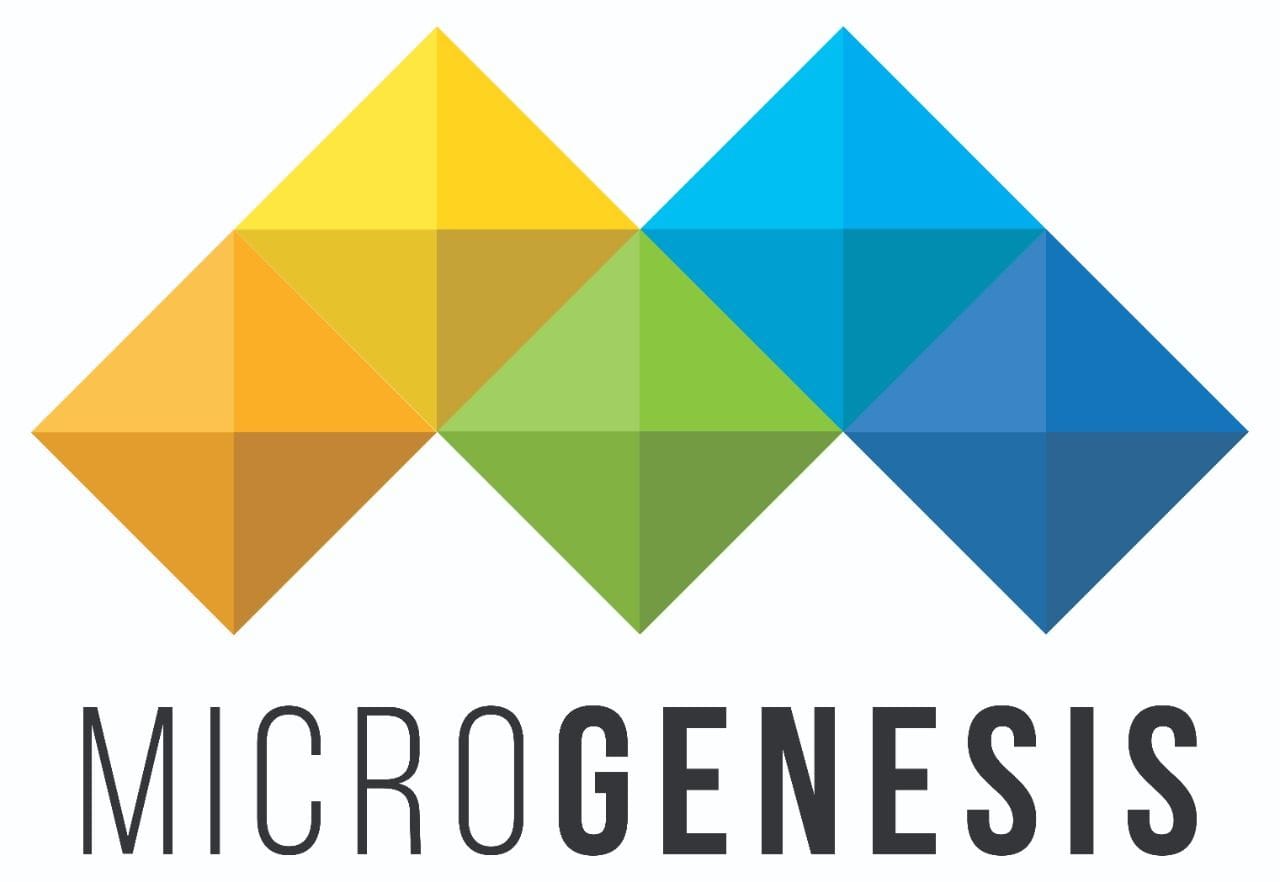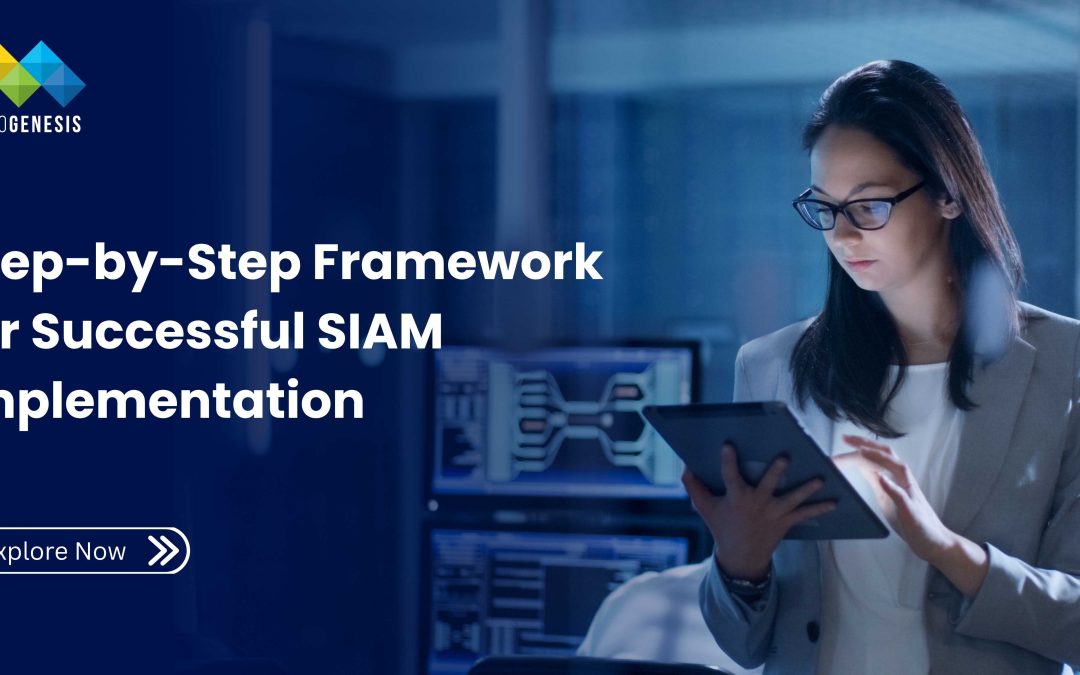In today’s complex IT environments, organizations often rely on multiple service providers — including internal teams, third-party vendors, and cloud platforms — to deliver business-critical services. While this multi-vendor approach offers flexibility and specialization, it can also introduce challenges such as fragmented processes, misaligned objectives, and inconsistent service quality. This is where Service Integration and Management (SIAM) comes into play.
SIAM is a framework designed to coordinate multiple service providers, ensuring seamless delivery, clear accountability, and measurable business value. In this guide, we provide a step-by-step approach to implementing SIAM, from initial assessment to full-scale adoption.
1. Understanding the Need for SIAM
Organizations today rely on a complex ecosystem of service providers: internal IT teams, third-party vendors, cloud providers, and SaaS applications. Managing these providers independently often leads to fragmented service delivery and a lack of end-to-end accountability.
Key challenges without SIAM include:
- Fragmented Services: Each provider focuses on their own deliverables, causing service gaps or delays.
- Unclear Accountability: Vendors may shift blame when issues occur, leaving the business exposed.
- Inefficient Processes: Disparate workflows, tools, and standards increase manual effort and risk of errors.
- Compliance Risks: Regulatory requirements become difficult to track across multiple providers.
SIAM addresses these challenges by:
- Centralizing governance and decision-making
- Standardizing processes across vendors
- Automating workflows for efficiency
- Measuring service delivery using end-to-end KPIs
Example: A healthcare organization struggled to coordinate patient data flow across cloud, on-premises, and third-party applications. Implementing SIAM streamlined communication, ensured compliance, and improved patient service response times.
2. Phase 1: Assessment and Strategy
The first phase ensures that organizations understand the current state and define a clear SIAM roadmap.
2.1 Service Landscape Review
- Catalog all providers, their services, and dependencies.
- Map current tools, processes, and communication channels.
- Identify critical services with high business impact.
2.2 Pain Point Identification
- Conduct stakeholder interviews and surveys to gather qualitative insights.
- Review incident reports, change failures, and recurring problems to identify bottlenecks.
- Highlight misalignment between providers and business expectations.
2.3 Setting Goals and Success Metrics
- Define measurable objectives such as:
- Reduce cross-provider incident resolution time by 30%
- Achieve 95% SLA compliance
- Improve user satisfaction scores by 20%
- Align goals with overall business objectives to ensure SIAM adds tangible value.
Tip: Document a baseline to measure improvements post-SIAM implementation.
3. Phase 2: Governance Design
Clear governance is the backbone of SIAM, providing structure and accountability.
3.1 Define Roles and Responsibilities
- Map responsibilities using a RACI matrix for each process.
- Include roles for service integrators, internal teams, vendors, and business stakeholders.
- Ensure each activity has a single point of accountability to reduce ambiguity.
3.2 Establish Escalation Paths
- Define clear escalation processes for incidents, changes, and service requests.
- Document the steps for escalating cross-vendor incidents to the integrator or business stakeholders.
3.3 Governance Forums
- Set up regular meetings:
- Weekly operational meetings for incident and change review
- Monthly strategic meetings to review SLA performance and KPIs
- Foster collaboration and continuous improvement through open communication.
Example: A telecom company established a governance board that included vendor leads, internal IT, and business owners, improving decision-making speed and service reliability.
4. Phase 3: Process Integration
Integration is the cornerstone of effective SIAM. It ensures that all service providers work cohesively, reduces duplication, and provides end-to-end visibility for both operations and business stakeholders. Without integration, multi-vendor ecosystems risk inefficiency, inconsistent service delivery, and delayed problem resolution.
4.1 Standardize ITSM Processes
Standardizing IT Service Management (ITSM) processes is critical to ensure that every provider operates under the same rules and expectations.
Key Steps for Standardization:
- Harmonize Core Processes Across Vendors
- Incident Management: Ensure all providers follow the same process for logging, categorizing, prioritizing, and resolving incidents.
- Change Management: Standardize change request submissions, approvals, impact assessments, and rollout processes.
- Problem Management: Create consistent root cause analysis procedures to prevent recurring issues.
- Release Management: Align release planning, testing, and deployment practices to avoid conflicts or downtime.
- Configuration Management: Maintain a centralized configuration management database (CMDB) to track dependencies and system changes.
- Develop Standard Templates and Workflows
- Define uniform templates for incident tickets, change requests, and problem records.
- Establish step-by-step workflows that all vendors follow, ensuring consistency in approvals, notifications, and escalations.
- Naming Conventions and Categorization
- Implement standardized naming conventions for tickets, assets, and services to simplify tracking and reporting.
- Categorize incidents and changes consistently across all providers for better analysis and KPI measurement.
Benefits of Standardization:
- Reduces errors caused by inconsistent processes.
- Speeds up cross-provider issue resolution.
- Makes KPI measurement and reporting more reliable.
Example: A multinational bank standardized its incident categorization across three vendors, reducing duplicate tickets by 40% and improving incident resolution speed by 25%.
4.2 Tool and Platform Considerations
The choice of tools and platforms is critical for centralized coordination and visibility. Without compatible tools, process standardization alone may fail.
Key Considerations:
- Cross-Vendor Workflow Support
- Ensure that the tools can manage workflows that span multiple providers.
- Look for platforms that allow shared dashboards, automated notifications, and unified ticketing.
- Centralized Reporting and Analytics
- Platforms should aggregate data from all vendors into a single dashboard for operational oversight.
- Reporting should cover SLA compliance, incident trends, change success rates, and cross-provider dependencies.
- Monitoring and Alerting Capabilities
- Integrate monitoring tools that track service health across providers.
- Automated alerts ensure that issues are detected and escalated quickly, reducing downtime.
Examples of Tools:
- Unified ITSM platforms like ServiceNow, Cherwell, or BMC Helix that support multi-vendor workflows.
- Automated dashboards such as Power BI or Tableau integrated with service platforms.
- Monitoring tools like Nagios, Dynatrace, or SolarWinds that feed into SIAM dashboards for end-to-end visibility.
Benefit: Centralized tools not only improve operational transparency but also enable proactive management, identifying issues before they impact business services.
4.3 Leverage Automation
Automation is key to reducing manual overhead, accelerating service delivery, and ensuring process consistency.
Areas to Automate in SIAM:
- Incident Routing and Escalation
- Automatically assign tickets to the responsible vendor based on category, priority, or location.
- Trigger escalations if SLA thresholds are breached.
- SLA Tracking and Notifications
- Monitor service levels in real-time and notify providers or stakeholders when thresholds are approaching.
- Generate automatic reminders for overdue tasks.
- Reporting and Analytics
- Automate daily, weekly, or monthly KPI reporting for executive dashboards.
- Ensure all stakeholders receive consistent, up-to-date insights without manual compilation.
- Routine Maintenance and Tasks
- Automate repetitive tasks like status updates, data synchronization between tools, or ticket closure notifications.
Read more: Benefits of SIAM for Multi-Vendor Management in Europe
Example:
A global financial firm implemented automated SLA tracking and dashboards for three vendors. The solution reduced manual reporting efforts by 60%, improved transparency across providers, and allowed the SIAM team to focus on strategic service improvements rather than administrative work.
Benefits of Automation:
- Speeds up workflows and reduces human error.
- Enhances transparency and accountability across providers.
- Frees up SIAM managers to focus on continuous improvement and value creation.
Conclusion of Phase 3
Process integration is the backbone of SIAM success. By standardizing ITSM processes, selecting the right tools, and leveraging automation, organizations can achieve:
- End-to-end visibility across multiple providers
- Reduced errors and faster issue resolution
- Consistent SLA compliance
- Enhanced operational efficiency
Proper process integration transforms a fragmented multi-vendor ecosystem into a cohesive, high-performing service delivery network, ready for scaling and continuous improvement in later SIAM phases.
5. Phase 4: Pilot and Refinement
Piloting SIAM on a small scale allows organizations to validate processes before full-scale deployment.
5.1 Select a Pilot Scope
- Choose a service area with high complexity and multiple vendor dependencies.
- Include critical processes to assess real-world performance.
5.2 Monitor and Measure
- Track KPIs like SLA compliance, incident resolution, and user satisfaction.
- Collect qualitative feedback from providers and business stakeholders.
5.3 Refine Processes
- Identify gaps and bottlenecks during the pilot.
- Adjust workflows, escalation paths, or automation rules based on pilot learnings.
Example: A retail company piloted SIAM on its e-commerce platform, refining vendor coordination processes before expanding to supply chain IT services.
6. Phase 5: Scaling SIAM Across the Enterprise
After a successful pilot, organizations can roll out SIAM enterprise-wide.
6.1 Onboard Additional Vendors
- Train new vendors on SIAM processes, governance, and KPIs.
- Ensure alignment with existing workflows to maintain consistency.
6.2 Expand Service Coverage
- Extend SIAM practices to all critical business services and departments.
- Ensure centralized governance and monitoring remain effective at scale.
6.3 Continuous Improvement
- Conduct regular performance reviews and SIAM maturity assessments.
- Iterate workflows, automation, and collaboration mechanisms to adapt to evolving business needs.
Tip: Treat SIAM as a living framework that evolves with organizational changes and technological advancements.
7. Case Study: Successful SIAM Implementation
Company: Global Financial Services Firm
Challenge: Disparate IT vendors managed critical systems independently, causing delays and SLA breaches.
Solution:
- Established governance and RACI roles
- Standardized incident, change, and problem processes
- Automated SLA tracking and notifications
- Piloted SIAM on high-priority systems before enterprise rollout
Results:
- 35% reduction in cross-provider incident resolution time
- SLA compliance improved from 78% to 92%
- Increased end-user satisfaction due to seamless service delivery
8. Conclusion
SIAM transforms multi-vendor ecosystems into cohesive, business-aligned service networks. By following a phased approach—assessment, governance, process integration, pilot, and enterprise scaling—organizations can drive efficiency and innovation with the guidance of a trusted digital transformation consultant.
- Improve operational efficiency and transparency
- Enhance collaboration and accountability across vendors
- Achieve consistent SLA compliance and higher user satisfaction
- Align IT services with business objectives
SIAM is not a one-time project but a continuous improvement journey that ensures organizations can deliver reliable, agile, and valuable services in a complex, multi-vendor environment.

